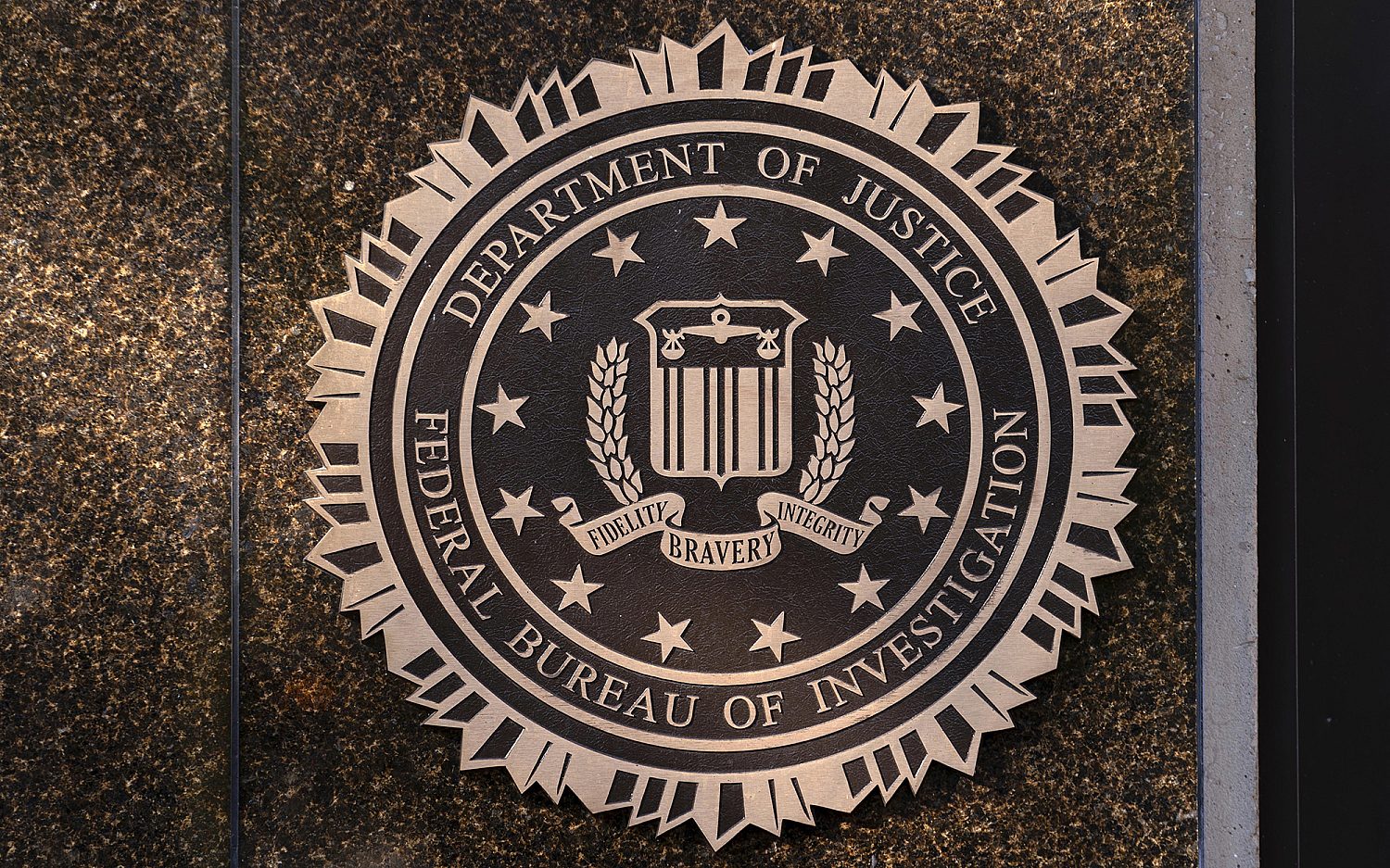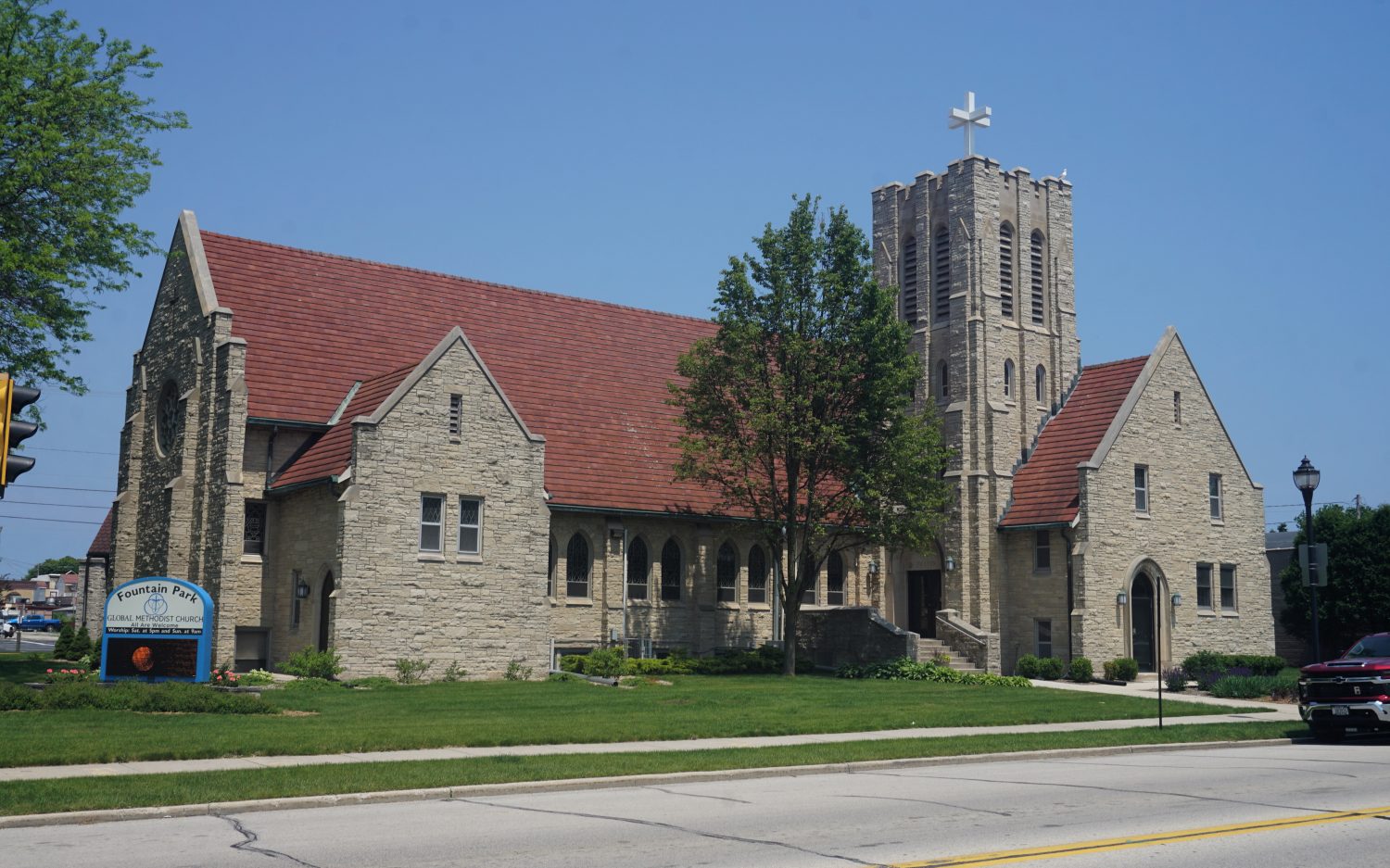Policing and protecting black neighborhoods
A provocative argument for proactive techniques such as stop-and-frisk
Some people view police in black neighborhoods as an evil, but Heather Mac Donald in The War on Cops: How the New Attack on Law and Order Makes Everyone Less Safe (Encounter Books, 2016) puts forward a less-heard perspective: that African-Americans have more to fear from criminals of their own race than from police. She provocatively argues that African-Americans are safer when police use proactive techniques such as stop-and-frisk. Here, with permission of the publisher, is an excerpt from Mac Donald’s book. —Marvin Olasky
Courts v. Cops
In 2013, a federal judge contemplated three lawsuits asserting that the New York City Police Department’s practice of stopping, questioning, and sometimes frisking suspects was unconstitutional and racist. U.S. District Judge Shira Scheindlin issued the first of her rulings in that trilogy of suits on January 8, holding that the NYPD routinely made illegal trespass stops in the Bronx. The ruling was a bad enough blow for the NYPD in its own right, but even more disturbing as an augury of things to come. The decision made it clear that Scheindlin would rule against the city in every stop-and-frisk case before her, jeopardizing the police department’s ability to fight crime.
Ligon v. New York challenged a decades-long program that authorizes New York police officers to patrol private buildings for trespassers and other lawbreakers. The Trespass Affidavit Program (TAP) tries to give low-income tenants in high-crime areas the same protection against intruders that wealthy residents of doorman-guarded buildings enjoy. According to the New York Civil Liberties Union (NYCLU), however, police officers routinely abuse their power under TAP by stopping and arresting minority residents and their guests on suspicion of trespass without any legal justification.
The NYCLU didn’t come close to proving its case. But the litigation’s most disturbing failure was its blindness to the realities of inner-city crime.
DEBBIE MCBRIDE HAS NOTHING but contempt for the litigation over the Trespass Affidavit Program. McBride is a street-hardened building superintendent in the heart of the South Bronx zone targeted by the NYCLU. When asked about TAP, also known as the Clean Halls program, she doesn’t mince words. “I love it!” she roars. “I’m serious, I love it. Me being a woman, I feel safe. I can get up at 4 a.m. and start working.”
McBride represents a type that seemingly lies outside the conceptual universe of the advocates and their enablers in elite law firms and the media: the black inner-city crusader for bourgeois order. In 1999, McBride moved from Brooklyn to her present residence in the Mount Hope section of the Bronx. Her own intersections with street life had left her a three-time victim of rape and blind in one eye from assault—a boyfriend had struck her for refusing to try heroin—but she still wasn’t prepared for the South Bronx. “I had had none of this before,” she says. “It was like New Jack City. People were selling crack openly in the lobby.” She asked fellow tenants how long the lobby’s drug trade had been going on. Thirty years, they answered. McBride, “desperate” about her building’s lawlessness (as she puts it), started attending community meetings at the NYPD’s 44th Precinct and secretly partnering with a local cop to get rid of the drug dealers. “I used to give him the nod,” she recalls. The officer made so many arrests in her building that he won a promotion to detective.
In 2004, a new owner took over McBride’s building and offered her the superintendent’s job. “I don’t know nothing about plumbing,” she warned him, but his instinct for character proved flawless. Today, she roams her building’s immaculate halls, searching for stray cigarette butts, with a bouquet of black trash bags tied to her belt. Her biggest concern, however, is not trash but trespassers, since many indoor crimes are committed by nonresidents. Accordingly, McBride has an inviolate rule: no one loiters inside or outside her building, not even tenants. “We’re not playing here,” she says. “People try to get in, saying: ‘I’m looking for so-and-so.’ But I throw everyone out, because I’m not going back” to the way things were.
The Trespass Affidavit Program, which the new owner immediately signed up for, buttresses McBride’s determination to keep the building safe. “I’m so happy that the cops are here,” she says. The feeling is apparently mutual. “The cops love me because I’m the [expletive deleted] super. ‘We love coming into your building,’ they say, ‘because there’s none of the [expletive deleted] and stuff that goes on in other buildings.’” In the summer of 2013, TAP officers helped restore order to the tiny inner courtyard of McBride’s building. Teenagers had been jumping over the back gate to have sex on the asphalt, the cleanest spot on the block. “It was crazy,” she tells me. “Do you know how many people I called the cops on?” The trespassers didn’t go quietly. “‘We hate you, you [expletives deleted],’ they’d say. ‘Tell that to your mama,’ I said, ‘but get out of my backyard.’”
To get the sharpest sense of what trespass means in high-crime neighborhoods, one must talk to the elderly. Mrs. Sweeper, a petite woman with hoop earrings and close-cropped hair, is a tenant of McBride’s building. She has been confined to a wheelchair since losing a foot to cancer, but her greatest impediment to mobility comes from fear: she dreads strangers lingering in and around her building. “As soon as [people] see that there’s no police around, they ask you to let them into the lobby or to hold the door for them,” she observes from her airy, light-filled apartment, decorated with a Prayer for Obama on the wall and a Ringling Brothers toy elephant in the credenza. “‘I’m waiting on someone,’ they say.” And then, if the trespassers gain access, all hell breaks loose: “You can smell their stuff in the hallway; they’re cussing and urinating. Then I don’t want to come in because I’m scared. I’m scared just to stick my key in the door.”
The solution to such threatening disorder, in Mrs. Sweeper’s view, is the police: “As long as you see the po-lice, everything’s A-OK. The building is safe; you can come down and get your mail and talk to decent people.” TAP officers climb the stairwells and check the roof and elevators in Mrs. Sweeper’s building two or three times a week, but she wants to see them much more frequently. Several summers ago, the 44th Precinct erected a watchtower on the block to deter the gunfire that broke out after dark. “It was the peacefulest summer ever,” she recalls. “I could sit outside at night. I wish we’d get our po-lice back. Puh-leez, Jesus, send them back!”
By 2013, crime in the 44th Precinct had dropped 73 percent since 1993, when the NYPD began intensely analyzing crime data through the management process known as CompStat and asking its officers to intervene when they noticed suspicious behavior. But McBride and other area watchdogs know that the sky-high violence levels of the early and mid-1990s could return at any moment. These sentinels of civilization fight a daily battle against lawlessness, scouring the horizon for any signs that disorder is on the rise.
An example of what they guard against is evident a few blocks from McBride’s building. A low-riding sedan, blaring hip-hop, is parked next to the Jaylin Barber Shop and a graffiti-splattered bodega; across the street on Morris Avenue is Taft High School, infamous for its violence and its truant students. Seven young males are sitting in and standing around the car, several of them talking on cell phones. A beer bottle flies out of the car’s open door and rattles down the sidewalk.
A goateed, barrel-chested man in an orange bomber jacket steps forward to speak for the group. “The Clean Halls program? I’m familiar with it,” he says. Why is that? “Because I’m a product of my own environment,” he says with Officer Krupke-esque bathos. “I’m victimized every day”—by the police, presumably. Asked what he’s doing hanging out on the street, he responds coyly: “That’s a little overboard; that’s personal.” He does volunteer this: “I run the streets. I’m out here every day, morning to night. I’m a businessman.” In fact, less than an hour before and a block away, this businessman had greeted me with his best customer-service demeanor: “Howya doin’?”—the usual opening line of the street drug peddler. He seems not to recall that earlier encounter.
Trade must be slow, because Bob, as he mockingly says I should call him, keeps insisting that I put a few twenties in his outstretched palm for a “good story” about the police. “If I put six holes in someone’s head, I’m the bad guy. But the cops beat the [expletive deleted] out of my cousin here and they sittin’ there eating they [expletive deleted] lobster every day. They cowards.” Bob then announces, out of the blue: “You’re here for Kieron; he’s getting paid.” Kieron Johnson is one of the nine named plaintiffs in Ligon v. New York, and he lives on the street where Bob propositioned me to buy drugs. In another of that day’s coincidences, I had by chance run into Johnson leaving his building just before my encounter with Bob. If Johnson were getting paid for his involvement in the suit, the attorneys would be violating the law. The Bronx Defenders, the nonprofit group that recruited Johnson for Ligon and that is litigating the suit alongside the NYCLU, denies the charge.
Bob’s interest in Ligon goes beyond acquaintance with its participants; his business will be affected by its outcome. If the NYPD loses much of its stop, question, and frisk power, life will get a lot easier for the Bobs of the world. Police officers are familiar with their methods: loitering in front of residential buildings, repeated entering and exiting to retrieve stashed merchandise and to close deals out of public sight. Cops also know that people hanging out on the street in crime hot spots, especially at night, are often up to no good. It is precisely to deter such behavior that officers stop and question people, including for trespass.
The
advocacy community sees only racism in the fact that the bulk of trespass and other stops happen in minority neighborhoods. But that racism charge ignores the statistical truth that crime, too, is disproportionately concentrated in those neighborhoods, leading to requests from residents like Mrs. Sweeper for protection. Dismissing the idea that the cops are racist, Debbie McBride points to her 20-year-old nephew Richie, who has lived with her for four years since leaving foster care in Brooklyn. Richie comes home from his computer-design classes at Hostos Community College four nights a week, but he’s never been stopped by the police. Nor did they ever stop him when he was living in East Flatbush, Brooklyn. “They don’t bother him because he’s going to school, he’s not hanging out,” McBride says. On the other hand, “you have six youths on the corner with their pants hanging off their butts, drinking, they’re not even from the block.” Why are they stopped? “I’m going to keep it real with you: it’s the look, it’s the jiggaboo. They look and act thuggish. And many of them have warrants.”
Many people besides McBride understand what the police are doing, though they rarely show up in the New York Times. Victor, a 21-year-old resident of McBride’s building, has been stopped a couple of times. “I guess they doing they jobs,” he acknowledges. “That’s why it’s safer: they doing they jobs.” Mrs. Sweeper’s adult son Michael has been patted down once or twice, but like Victor, he doesn’t get worked up about it. “The police are pretty respectful,” he says.
From The War on Cops: How the New Attack on Law and Order Makes Everyone Less Safe by Heather Mac Donald. ©2016. Published by Encounter Books. Reprinted with permission.
An actual newsletter worth subscribing to instead of just a collection of links. —Adam
Sign up to receive The Sift email newsletter each weekday morning for the latest headlines from WORLD’s breaking news team.




Please wait while we load the latest comments...
Comments
Please register, subscribe, or log in to comment on this article.